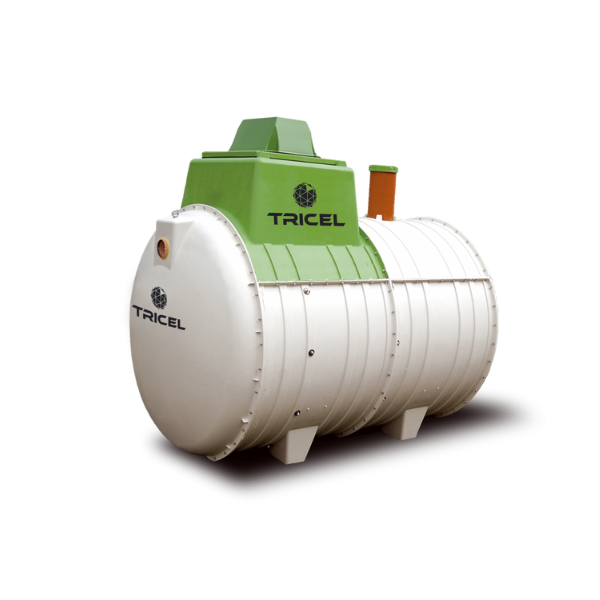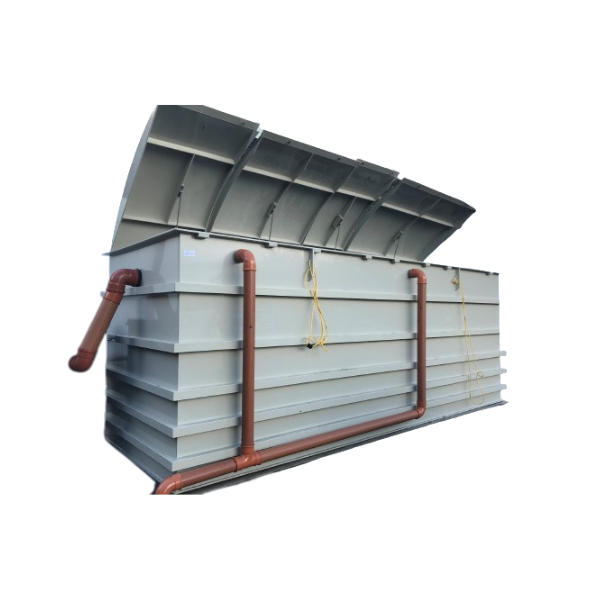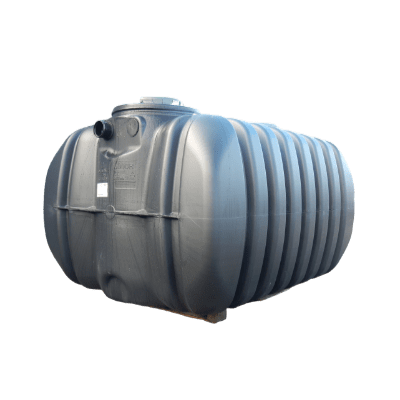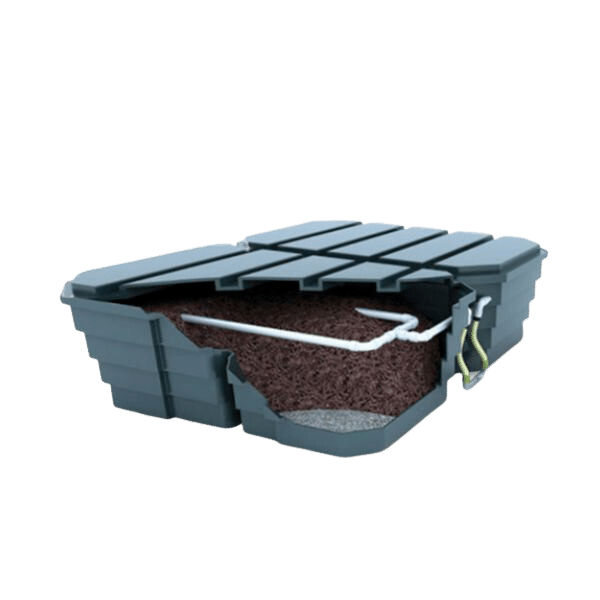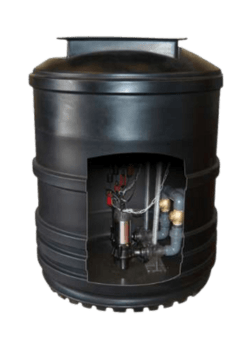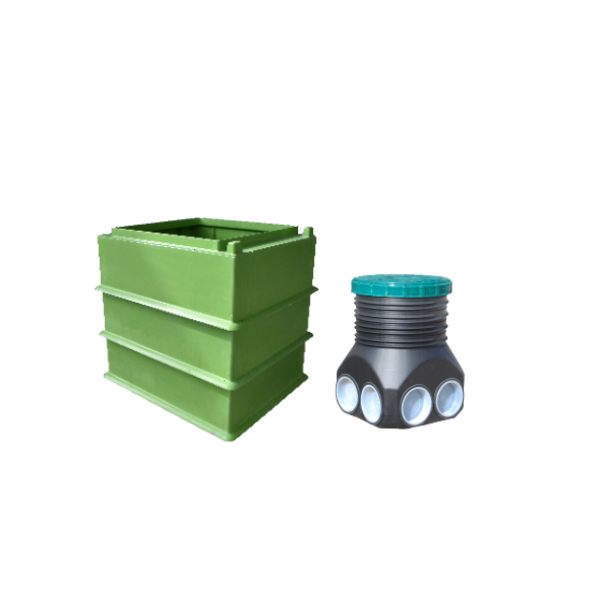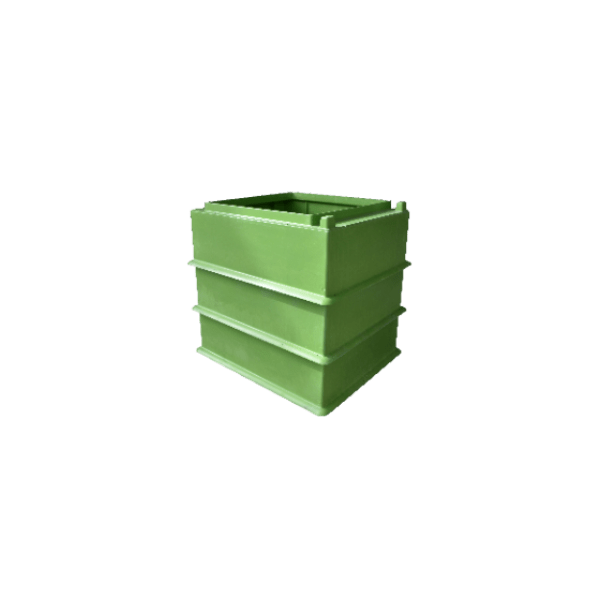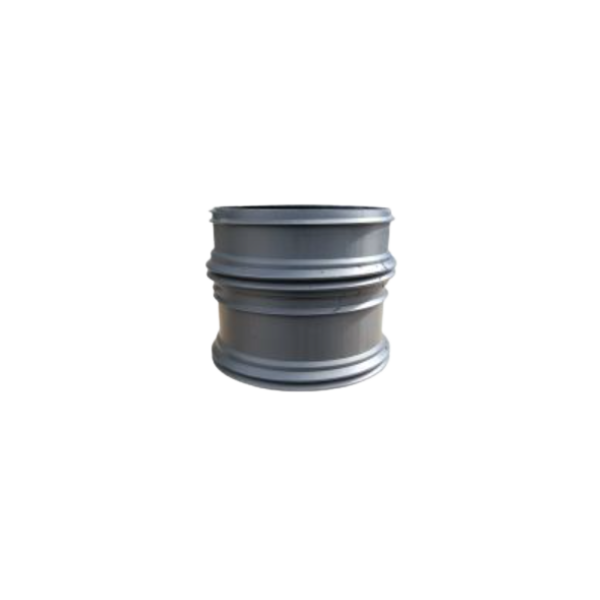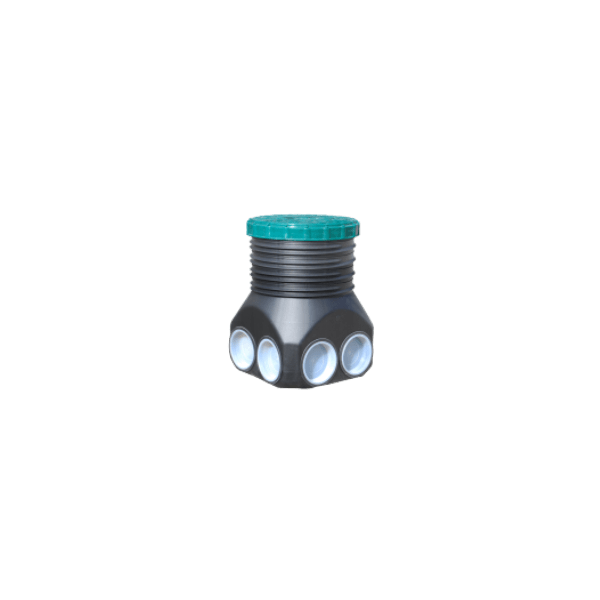SEWAGE TREATMENT
Do you want to plan your domestic sewage treatment plant installation? Here is how.
OVERVIEW
When working on buying a new sewage treatment system, there are a few things you need to focus on before even being able to finalize your domestic sewage treatment plant installation. Here are the steps you need to go through: site assessment, choosing the wastewater treatment plant that fits your needs and understanding the local authority regulations, including the distances to respect. Let’s start!
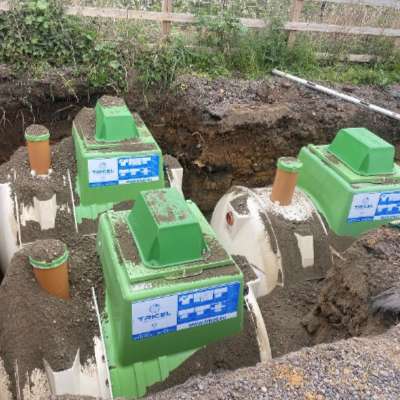
If you have any questions, feel free to call us
VISIT OUR VIRTUAL SHOWROOM
Planning the site assessment
Throughout every Investissement you are making, you want to make the most out of your money. Well, it is the same with your sewage treatment solution. You want a robust, cost-saver product and one that is made for you while respecting the environment. For this reason, a site assessment will be required in the early stage of your project. The person in charge of the visit will plan a desk study.
From there, we will have more information on your soil’s quality and groundwater vulnerability. The site assessor will also look at the vegetation around your housing and advise which sewage treatment system you should use. Depending on the result of the desk study, he might recommend some add-on materials to guarantee a high functioning of your wastewater plant (a gravity or pumped outlet could be needed to evacuate the liquid, same with a percolation area).
What you need to keep in mind
Population Equivalents or PE refers to the number of bedrooms you have at home and the population equivalents that could result from it. For example, if you have a three-bedroom house, your PE is 5. Please refer to our table:
Dimensions: The second point you need to keep in mind is the available space for your domestic sewage treatment plant installation.
What you need to keep in mind
Population Equivalents or PE refers to the number of bedrooms you have at home and the population equivalents that could result from it. For example, if you have a three-bedroom house, your PE is 5. Please refer to our table:
|
Design Population
|
UK6
|
UK8
|
UK10
|
UK12
|
UK18
|
UK24
|
UK30
|
UK36
|
UK42
|
UK50
|
|---|---|---|---|---|---|---|---|---|---|---|
|
Number of people
|
1-6
|
2-8
|
3-10
|
4-12
|
6-18
|
8-24
|
10-30
|
12-36
|
14-42
|
16-50
|
Dimensions: The second point you need to keep in mind is the available space for your domestic sewage treatment plant installation.
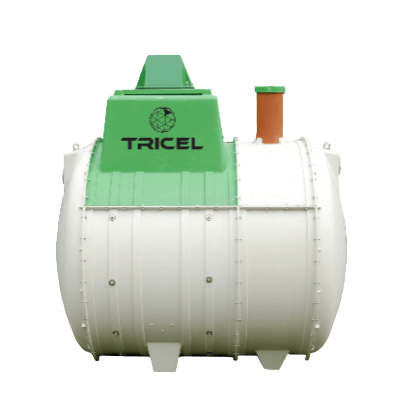
Tricel Novo UK6
No of people: 1-6
Nominal capacity (litres): 3,080 L
Weight: 250kg
Length: 2.10m
Width: 1.64m
Height: 2.24m
Air blower rating: 64 watts
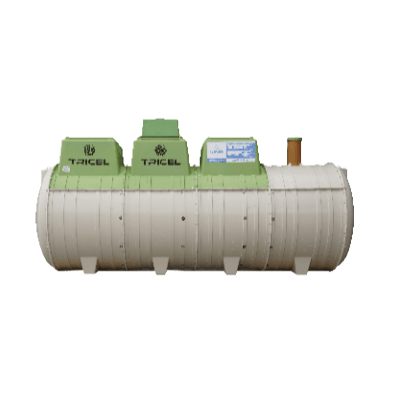
Tricel Novo UK18
No of people: 6-18
Nominal capacity (litres): 7,136 L
Weight: 500kg
Length: 4.60m
Width: 1.64m
Height: 2.27m
Air blower rating: 215 watts
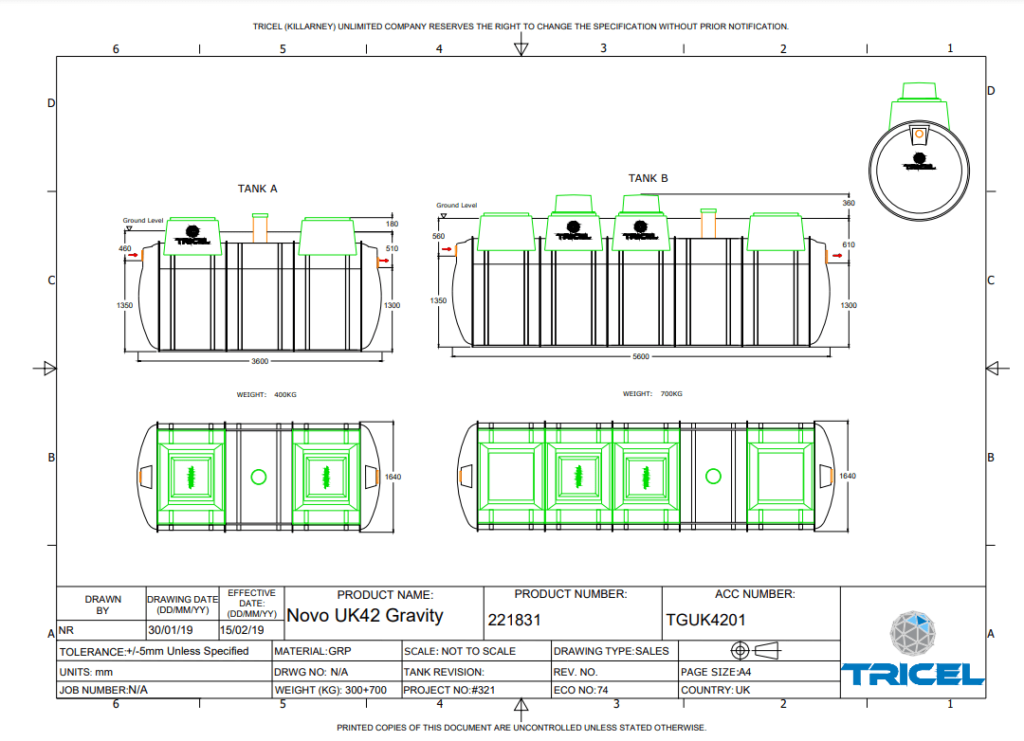
Tricel Novo UK42
No of people: 14-42
Nominal capacity (litres): 12,272 L
Weight: 400kg
Length: 3.60m
Width: 1.64m
Height: 1.99m
Weight: 600kg
Length: 5.60m
Width: 1.64m
Height: 2.27m
Air blower rating: 215 watts x 2
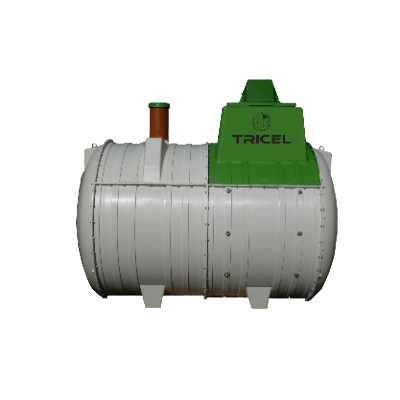
Tricel Novo UK8
No of people: 2-8
Nominal capacity (litres): 4,000 L
Weight: 300kg
Length: 2.60m
Width: 1.64m
Height: 2.24m
Air blower rating: 86 watts
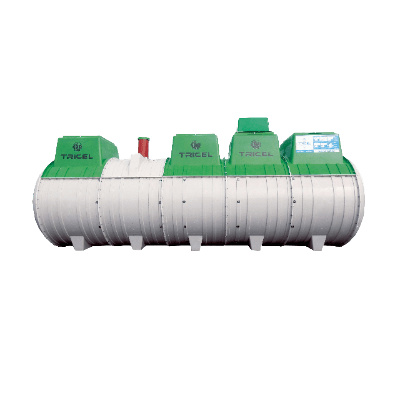
Tricel Novo UK24
No of people: 8-24
Nominal capacity (litres): 8,756 L
Weight: 600kg
Length: 5.60m
Width: 1.64m
Height: 2.27m
Air blower rating: 215 watts
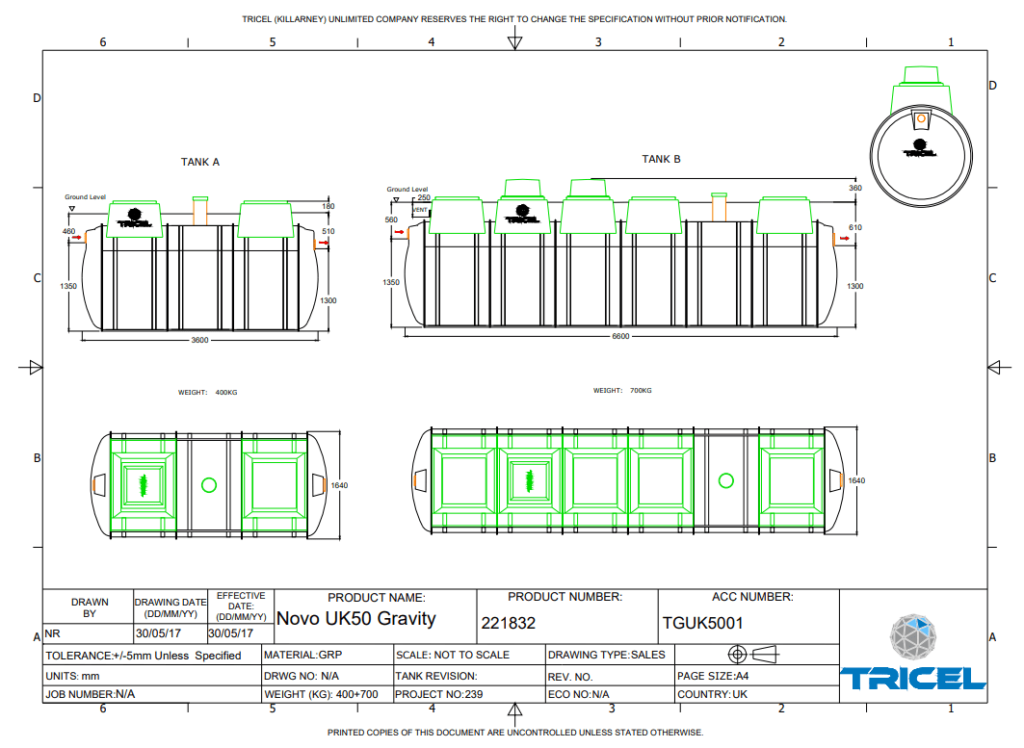
Tricel Novo UK50
No of people: 16-50
Nominal capacity (litres): 15,590 L
Weight: 400kg
Length: 3.60m
Width: 1.64m
Height: 1.99m
Weight: 700kg
Length: 6.60m
Width: 1.64m
Height: 2.27m
Air blower rating: 215 watts x 2
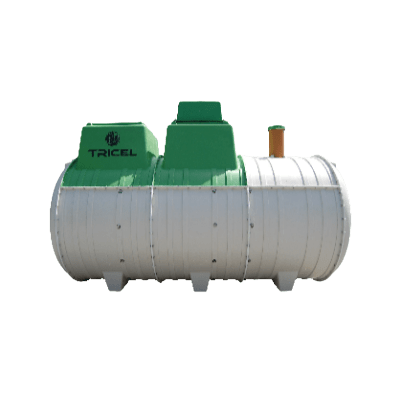
Tricel Novo UK10
No of people: 3-10
Nominal capacity (litres): 4.710 L
Weight: 350kg
Length: 3.10m
Width: 1.64m
Height: 2.24m
Air blower rating: 86 watts
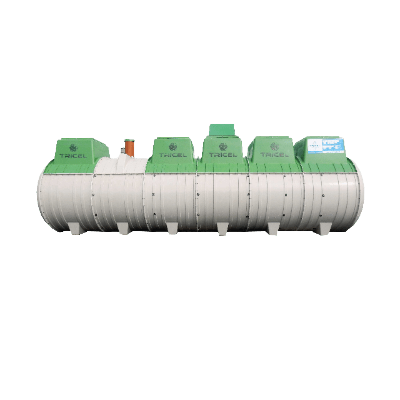
Tricel Novo UK30
No of people: 10-30
Nominal capacity (litres): 10,376 L
Weight: 700kg
Length: 6.60m
Width: 1.64m
Height: 2.27m
Air blower rating: 215 watts

Tricel Novo UK12
No of people: 4-12
Nominal capacity (litres): 5,516 L
Weight: 400kg
Length: 3.60m
Width: 1.64m
Height: 2.27m
Air blower rating: 100 watts
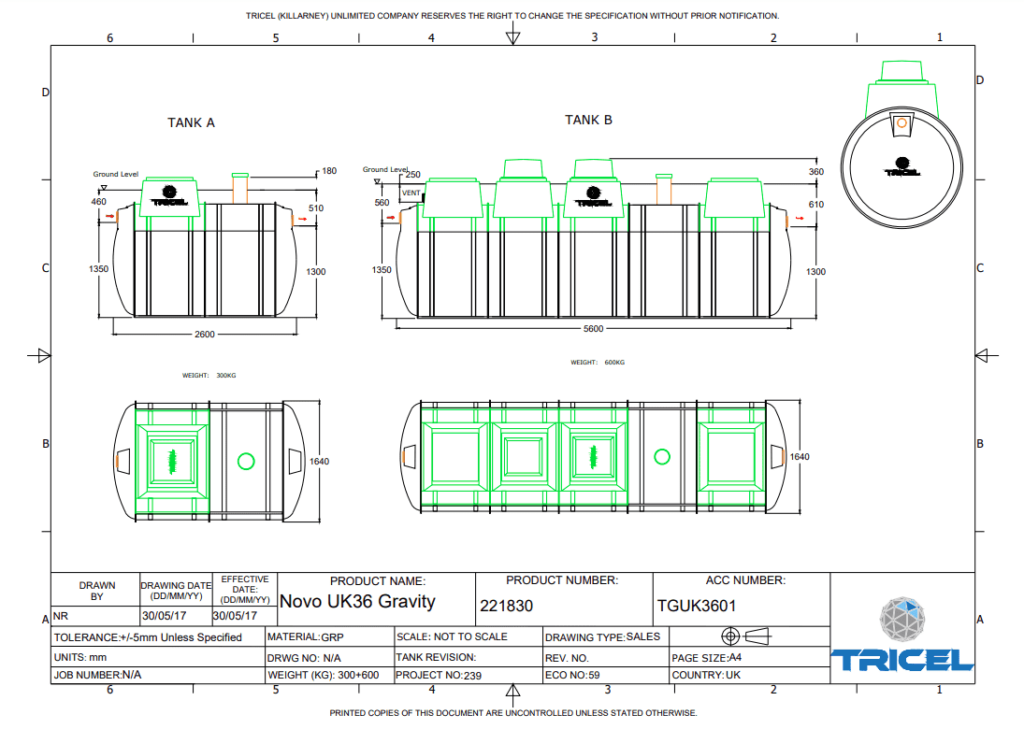
Tricel Novo UK36
No of people: 12-36
Nominal capacity (litres): 12,410 L
Weight: 300kg
Length: 2.60m
Width: 1.64m
Height: 1.99m
Weight: 600kg
Length: 5.60m
Width: 1.64m
Height: 2.27m
Air blower rating: 215 watts + 86 watts
Distance to respect from your domestic sewage plant to your housing in the UK
As a potential buyer, you must respect the sewage treatment regulations established by your local authority. No matter the wastewater treatment solution you are interested in (domestic sewage treatment plant, septic tank, or even packaged filter system), your installation will be subject to a few requirements. It includes the distances to keep between your plant and your housing. Environment agencies across the UK created a distance calculator. County per county, here is what the legislation says:
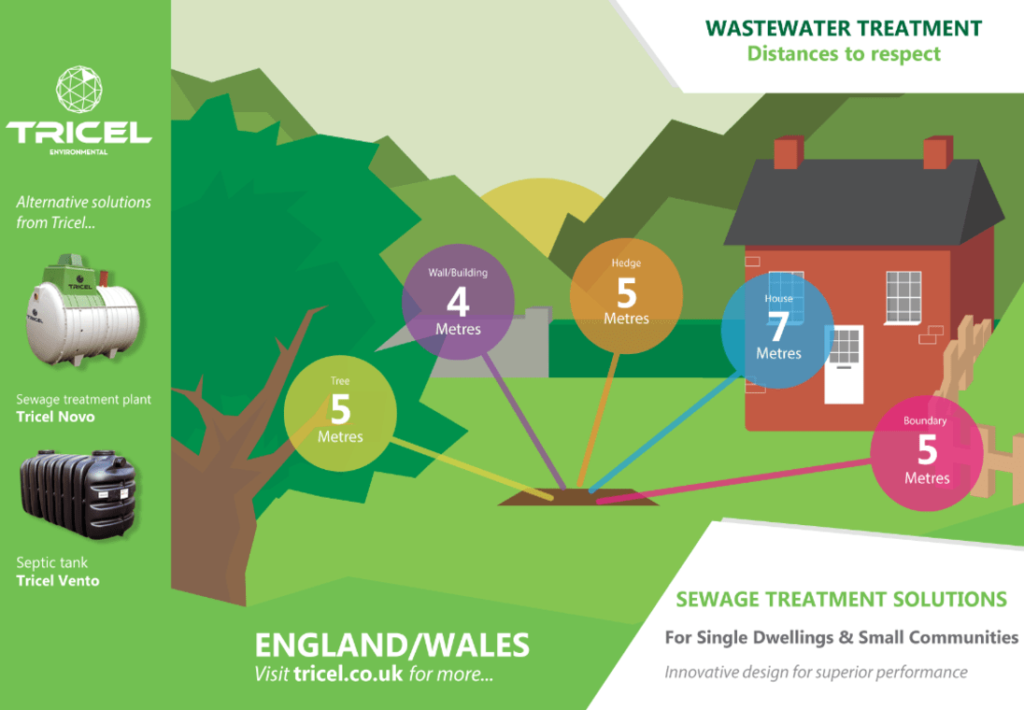
Distances to respect in England/Wales
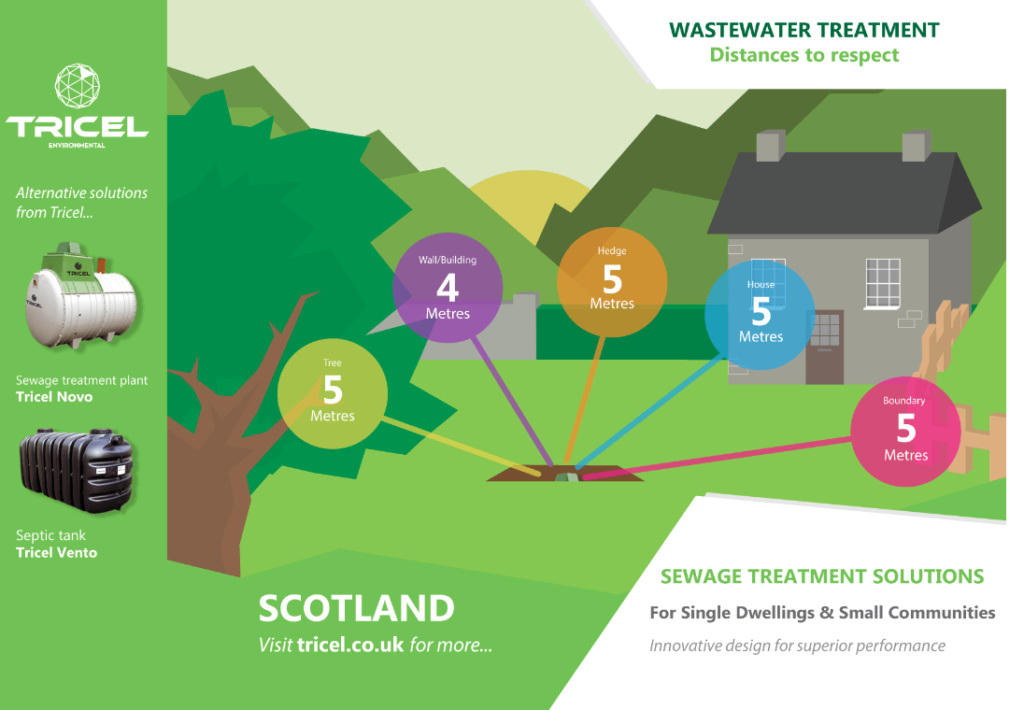
Distances to respect in Scotland
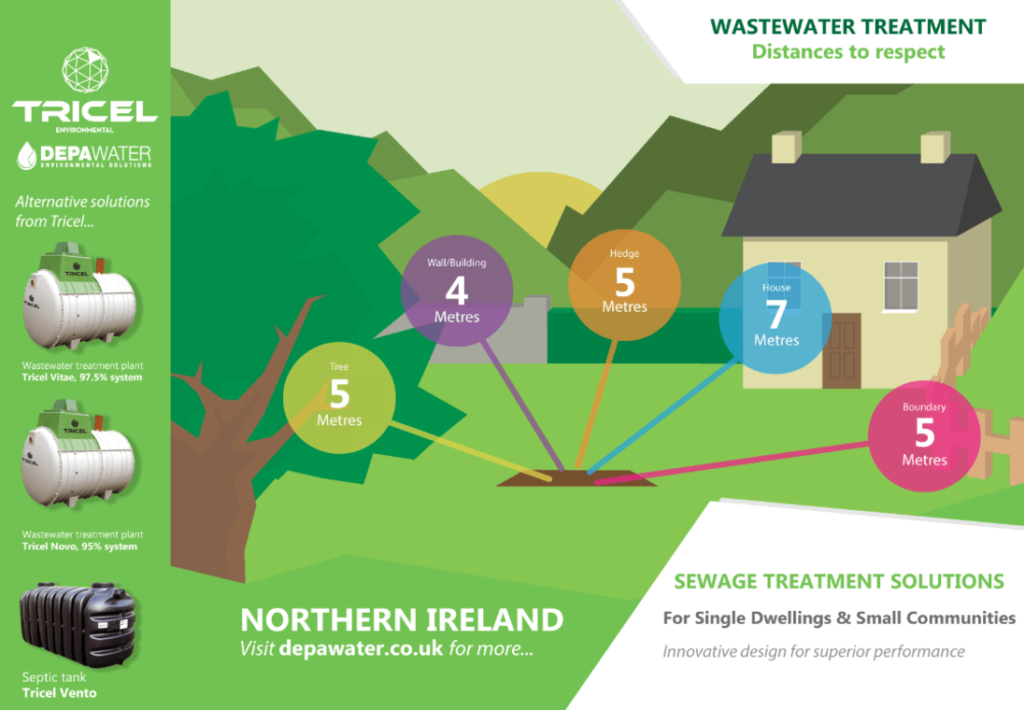
Distances to respect in Northern Ireland
In England and Wales, your sewage treatment plant has to be:
- 5 metres away from trees, fence and hedge
- 10 metres away from a watercourse or stream
- 50 metres away from any lake or foreshore
- 7 metres away from your housing
- 4 metres apart from a wall or a building.
In Scotland, things are slightly different.
Trees, hedges and site boundaries such as fences have to be 5 metres apart from your sewage system and 4 meters from any wall or building that is not your house. Talking about your housing, it also has to respect a 5-metre distance.
In Northern Ireland, your septic tank has to be implanted:
- 5 metres away from trees, hedges and fences.
- 4 metres from a wall/building
- 7 metres away from the house
In Scotland, things are slightly different.
Trees, hedges and site boundaries such as fences have to be 5 metres apart from your sewage system and 4 meters from any wall or building that is not your house. Talking about your housing, it also has to respect a 5-metre distance.
Tricel Novo: Key features & benefits
The compression moulding process is one of the most technologically advanced features available on the market. Components are manufactured under heat and high pressure. They have a competitive strength and durability over standard GRP tanks or PE tanks.
SMC is a unique material in the sewage treatment industry with Tricel SMC tanks operating in some of the harshest climatic conditions for over 50 years with no defects.
Tricel’s ceramic diffuser will last twice as long as all standard competitors rubber equivalents. It is a cost-saver in both call out fees and replacement parts.
No concrete backfill for installation on most sites which allows you to save up to €400 over lower quality GRP/plastic competitors.
There are no moving parts or pumps in the plant which is ensuring reliable operation during the treatment process and minimal running costs.
Tricel Novo plants are designed with a shallow invert to limit both installation and time costs.
MEET OUR TEAM
To find a technician in your area, visit our page
TALK SEWAGE TREATMENT
To speak to one of our agents online, click here
ASK FOR A QUOTE
Request a free quote today to have a quote that meets your project!
Key Features

Fast Delivery
Fast delivery + Rapid response to all our customers

Certified
Tricel Products are certified to EN12566-1 and EN 12566-3 certified

Technical expertise
Unrivalled technical expertise by our sales team regarding wastewater treatment solutions
Frequently Asked Questions
A cesspool is a simple storage vessel with an inlet and no outlet. It’s a sealed storage vessel; all the water coming in stays within the tank. The advantage is it doesn’t need an outlet. The disadvantages are: there is no treatment, the tanks are huge, and it needs regular emptying. Everything which has gone in must be sucked out. Ideal for sites which have got very infrequent use (Sheppard huts, for example).
A septic tank has an inlet and an outlet; it’s a simple overflow system. See how a septic tank works here. The advantages of the septic tank are there is no mechanic and no electricity requirement for it to work. The disadvantages are you are discharging dirty water, and untreated sewage effluent, as a tiny breakdown has occurred in the tank. You can only release water to a drainage field for the water to go through the subsoil to treat the water.
A sewage or package treatment plant has an inlet and an outlet; the wastewater is treated inside the tank. Aeration is provided inside the tank for the aerobic bacteria to feed on the waste and remove it from the liquid. The advantages are the wastewater is treated and can be discharged to a watercourse.
Many package treatment plants are available on the market:
- Trickles filters
- Rotating Biological Contactors (RBC)
- Mobile media bio-reactors
- Activated Sludge systems
- Sequence Batch Reactor systems (SBR)
- Fixed Bed Systems (like the Tricel Novo)
Domestic wastewater is all wastewater generated inside the house, including grey water from sinks, showers, baths and sewage from toilets. Rainwater is not classified as greywater and should be directed to a soakaway.
A trial hole can be dug during the site assessment and left open for 48 hours to determine this. The ground level is used to measure the water level.
After the water is discharged, it must flow into a drainage field or a running watercourse. It will fail and block up very quickly whenever it is released directly into the ground. It will also violate the government’s General Binding Rules for small sewage discharges—more information on this page.
Get in touch
